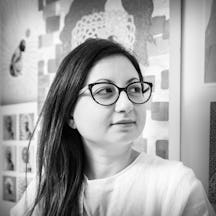Our collective sense of belonging has been tested to the limit during the Covid-19 pandemic. After a year of social isolation and reconfigured relationships, Tanya Perdikou looks to her late grandma for guidance on how to cope during a crisis. Connecting with her past, and accepting the necessary narrowness of the present moment, is helping her forge a new sense of where she belongs.
Finding consolation in social isolation
Words by Tanya Perdikouartwork by Naomi Vonaaverage reading time 7 minutes
- Serial
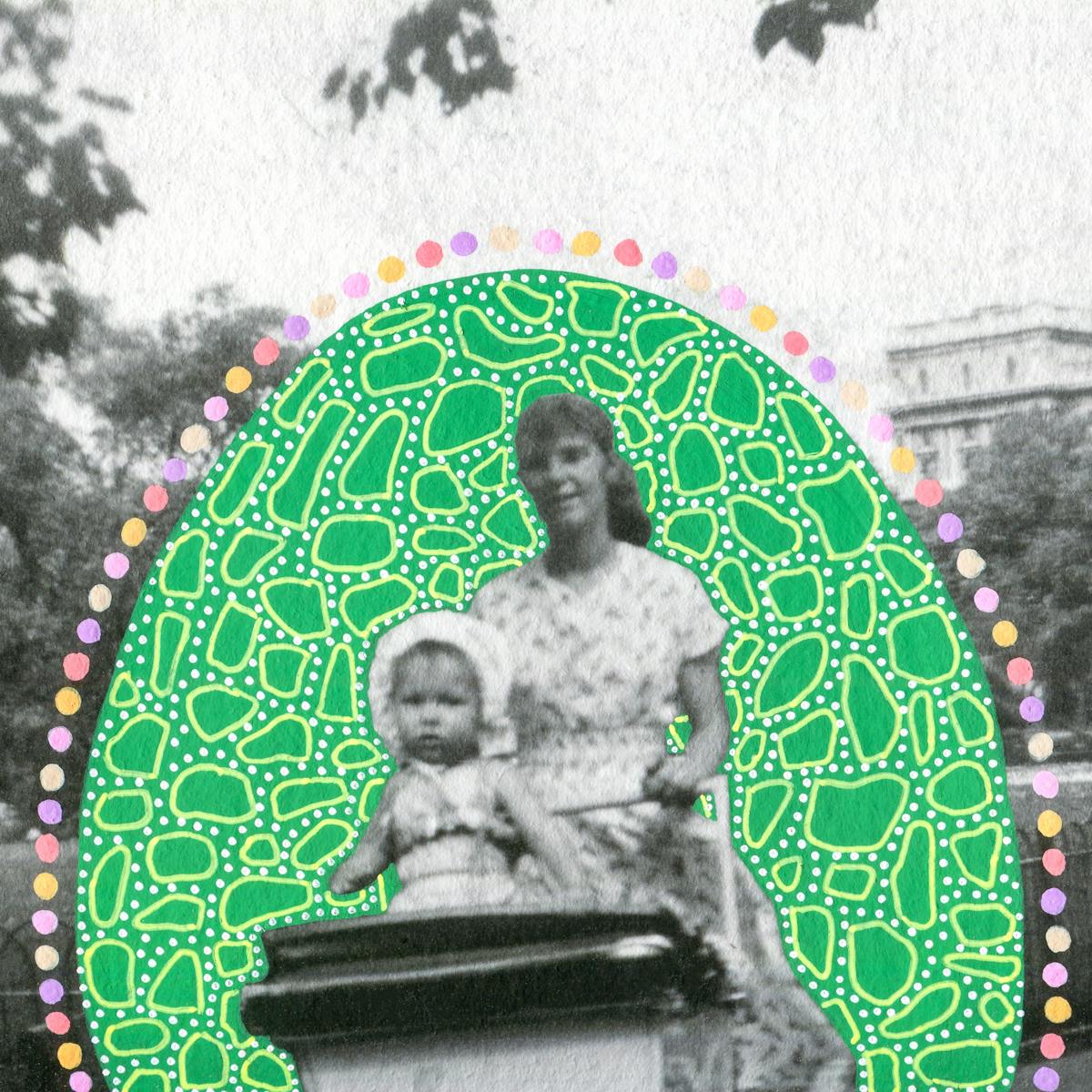
My grandma, the author and rebel Cressida Lindsay, died in 2010. I miss her terribly but never so much as during the Covid-19 pandemic.
For me, one of the hardest things about living through lockdowns is the feeling of disconnection. It’s as if I’ve been set adrift from the world as I knew it, only to watch as society seems to fall apart. It’s unlikely I’m the only one who’s felt this way, and that’s a concern, because alienation can have a serious impact on mental health.
Grandma survived so much – an abusive stepfather, an alcoholic mother, being abandoned in a convent; she was even fired at by a gunner plane during World War II. She was alone in so many ways, but she never stopped believing in people. If anyone would know how to cope during these fractious times, it would be her.
National disunity
Grandma didn’t talk about the war much, but when she did, she often brought up her admiration for the Queen. This didn’t quite fit with her rebellious ways – she spent much of her youth at communist rallies. When asked, she would simply say it was because of how much Her Majesty endured in the depths of wartime.
Knowing the Queen had become an important figure to Grandma during a grave global crisis, and suddenly finding myself living through one too, I wanted to know more about why. I learned that Elizabeth II’s first ever public address was made on 13 October 1940, via Children’s Hour, and as I read it I felt a lump in my throat:
“My sister Margaret Rose and I feel so much for you as we know from experience what it means to be away from those we love most of all.”
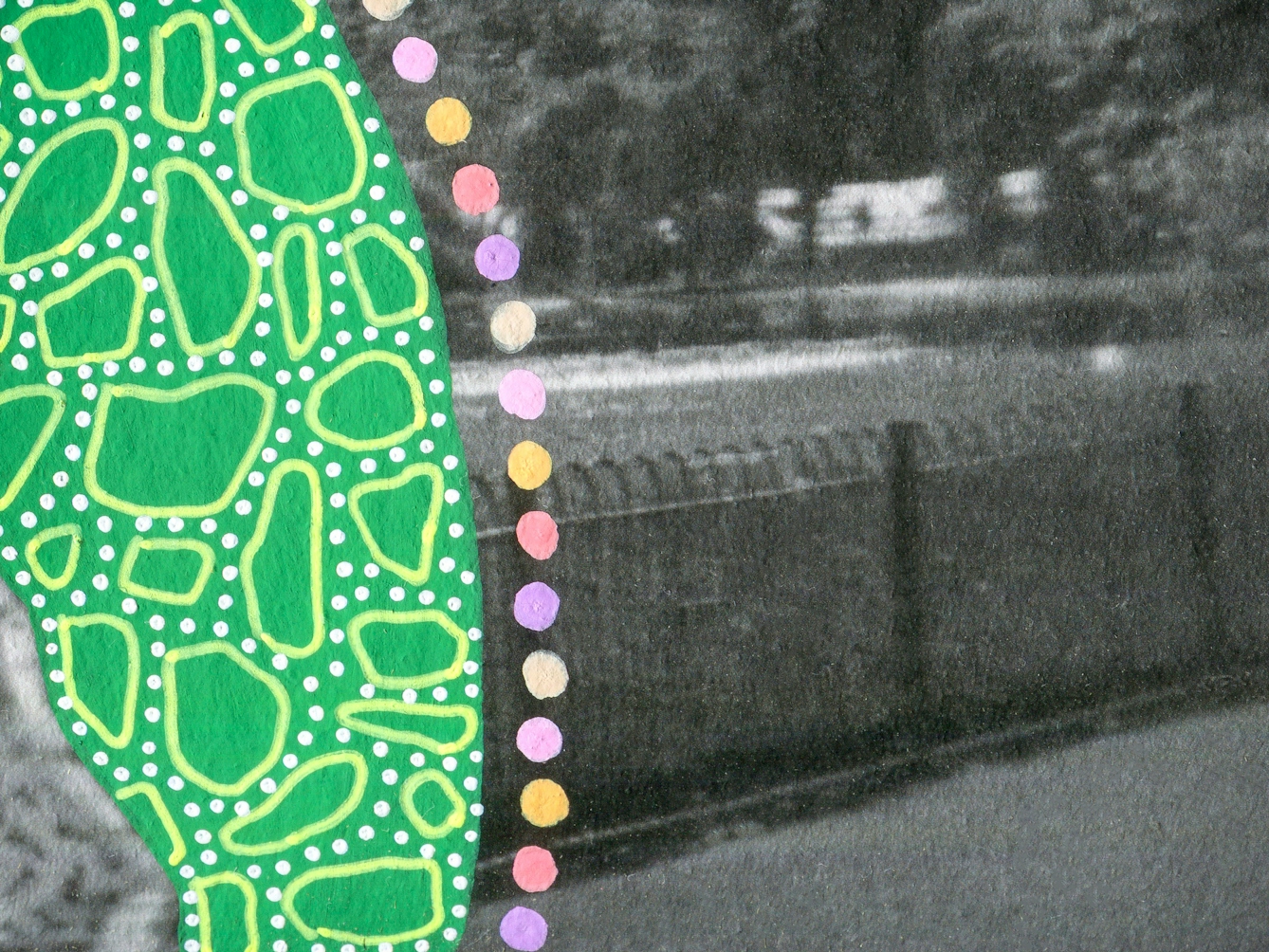
“For me, one of the hardest things about living through lockdowns is the feeling of disconnection.”
I pictured people clustered around the wireless, simultaneously sharing feelings of sadness, hope and encouragement from a revered stranger.
The image conflicted with today’s socially isolated reality. Where can we access a solid, universal message of strength, togetherness and perseverance now? We’re most likely to be tuned in as a nation for daily coronavirus updates that focus on death tolls, restrictions and overwhelmed hospital wards.
We absorb our news in scraps at times to suit us. Social media exposes us to extreme views and divisive debate. In ‘Braving the Wilderness’ social researcher Brené Brown says this is taking a serious toll on our sense of belonging: “We’ve sorted ourselves into factions based on our politics and ideology… rather than coming together and sharing our experiences through song and story, we’re screaming at one another from further and further away.”
I had completely lost sight of what was going right in the world and what use I was to any of it.
I felt the impact of all this most keenly during the first UK lockdown, after the murder of George Floyd. We’d been locked down for more than two months at that point, and my sense of belonging was shattered. I had completely lost sight of what was going right in the world and what use I was to any of it. I was perpetually anxious and on the verge of tears.
My mental struggles may have been compounded by a lack of physical contact with anyone outside of my household. In a Guardian article looking at the physiological benefits of in-person connection, Cindy Lamothe writes: “I’ve noticed that the times I’m most prone to bouts of anxiety and illness coincide with the times I’m not meaningfully connecting in person.”
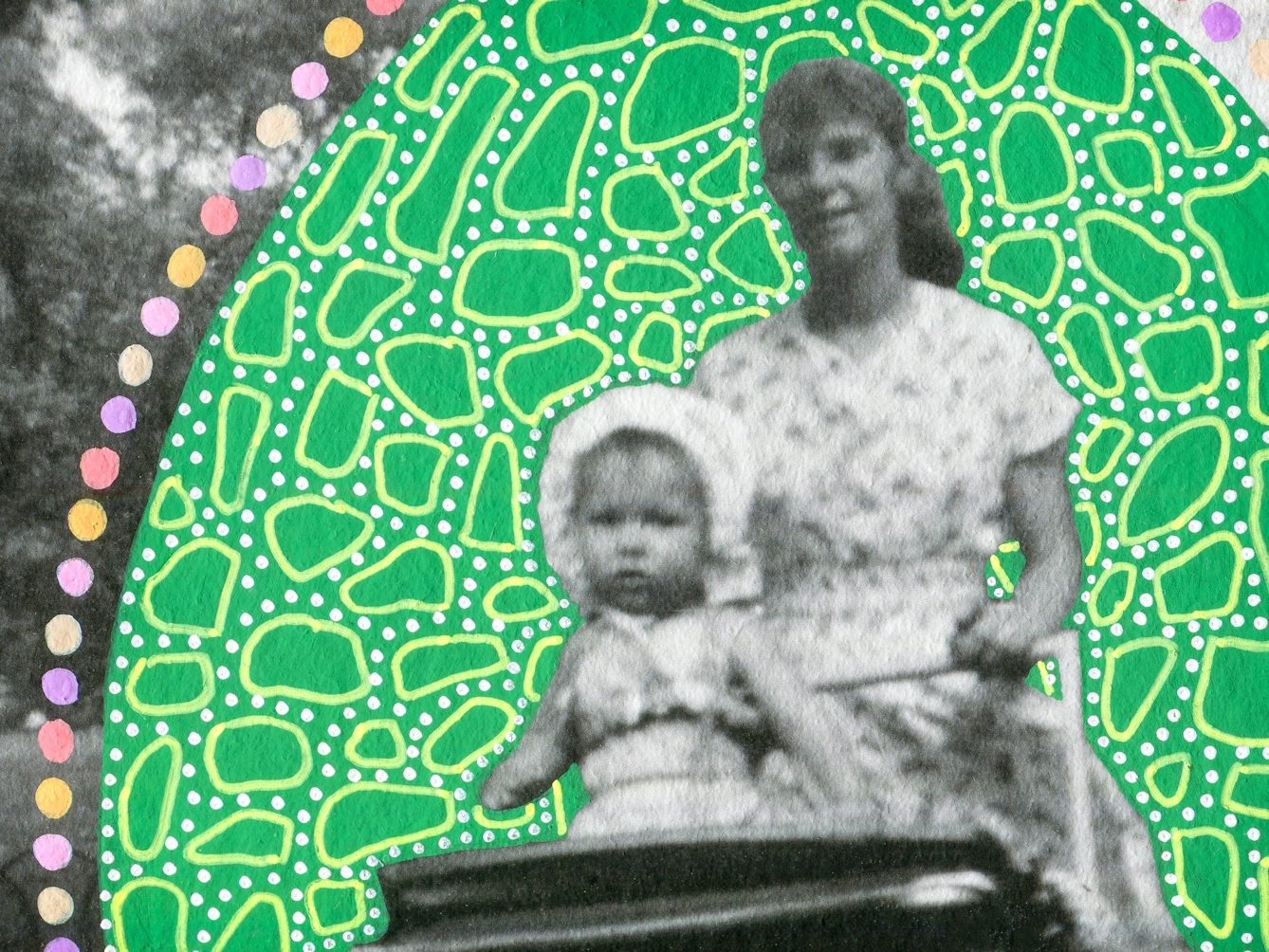
“My mission to make sense of belonging has helped me find my way back to Grandma – to my memories of her, and to the letters, novels and memoirs left behind when she died.”
In an article for National Geographic, Oliver Whang explores what’s lost when we’re cut off from the physical world, living predominantly digital lives. He writes about ‘qualia’, “those things we miss by not living in the physical world”. These things are “everywhere – in the sun, the earth, other people. They’re what’s lacking in a strictly virtual life.” Whang’s article helped me understand why being with people virtually just isn’t the same as being with them physically.
Finding our way back to each other
“And here you are living/despite it all” writes Rupi Kaur in her poem, ‘The Sun and Her Flowers’. Luckily for me, something was germinating beneath the bleakest days of isolation: this series. While being locked away has left me bereft at times, my mission to make sense of belonging has helped me find my way back to Grandma – to my memories of her, and to the letters, novels and memoirs left behind when she died.
In re-examining Grandma’s life, and learning more than I had ever known about my mum’s, I have discovered two women of incredible resilience and determination.
“It’s difficult to keep a light heart in the face of all that goes on around the world, but not impossible,” Grandma wrote to me in 2005. “The way I do it is to keep in touch with the things that are eternal – love, sunsets, dawn, birds, flowers…”
Her example means that, by the third lockdown, from which I write, I’m feeling my way back towards belonging. Every morning I greedily analyse the view from my window, seeking out long-tailed tits on the trees, peach-coloured skies, shifty foxes scuttling along the pavement. This is my space and I can decide whether to see it as a prison or a haven.
Having realised why physical contact is so important, I’ve accepted I have to seek it out within a smaller geographic boundary. My heart bursts with gratitude for those friends within reach for a socially distanced walk, and we have become very close with our neighbours. They cook us curry, we bake them cakes.
When I turn away from the national headlines and clamour of social media, and look at how my immediate community has reacted to the pandemic, I see oversubscribed volunteer groups being set up to support vulnerable people. I see people providing free resilience workshops, offering emotional support to strangers, setting up food banks.
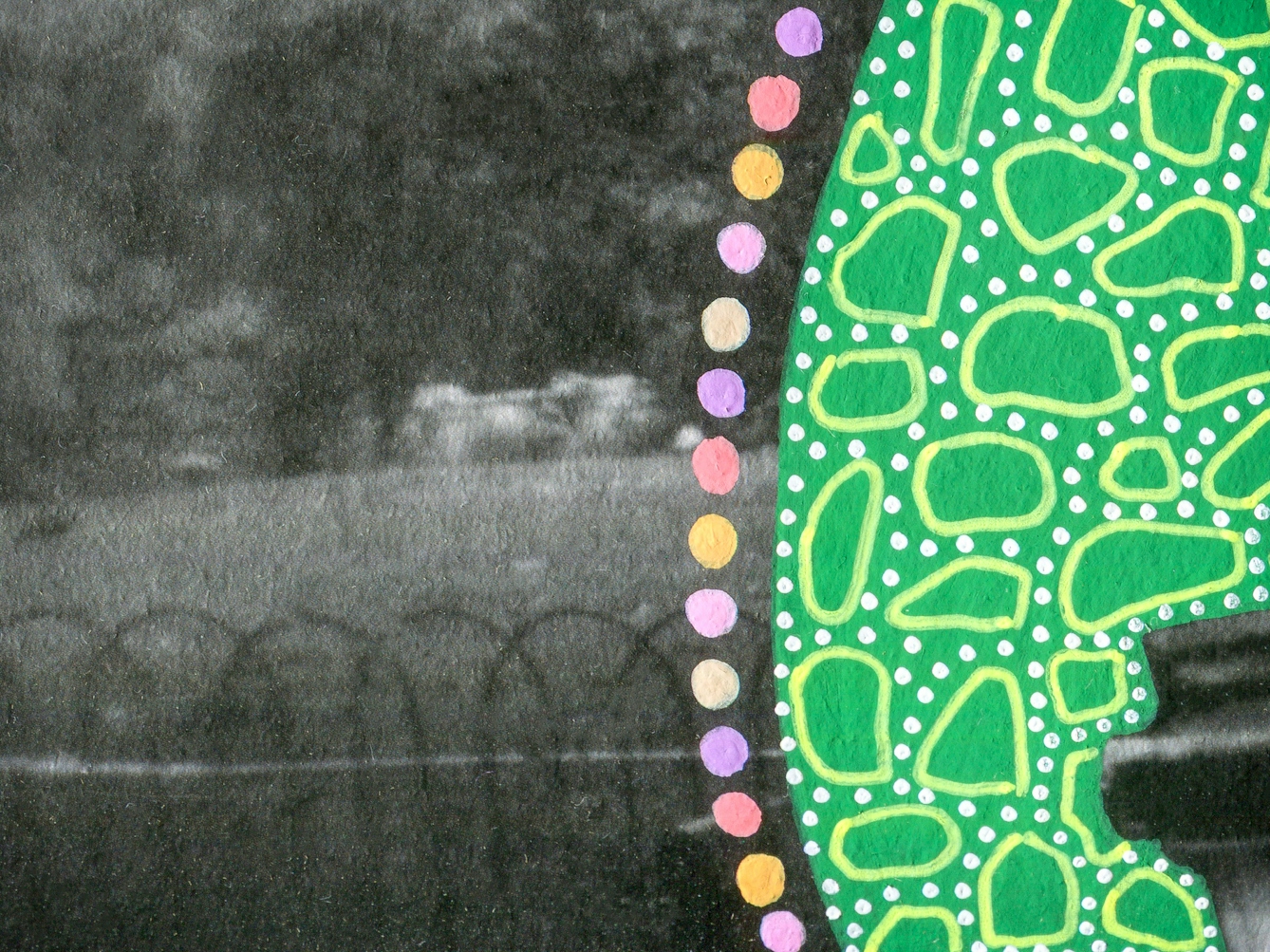
“In re-examining Grandma’s life, and learning more than I had ever known about my mum’s, I have discovered two women of incredible resilience and determination.”
The comfort of song and story
I know I’m one of the lucky ones. My husband and son live at home with me; I’m not shielding or in a care home. I wondered about those who were. Had anyone found ways to help them feel connected?
My research led me to Armchair Adventures. It was created by a small theatre group – themselves working together on Zoom while locked down – to reach those suffering extreme isolation, particularly within care homes.
It made me start to wonder if our way back to belonging lies not with a charismatic leader delivering messages of hope and encouragement, but with each other. It also made me realise the power of shared purpose, however small, to restore a sense of belonging. I joined a local choir for online rehearsals. Singing along with others was transformative.
There’s part of me that wonders if, by being forced to rely on those nearby – to focus so much on where and how I get connection in my life – that I’ve found a greater sense of belonging than ever.
“Writing is telepathy,” says Stephen King in his memoir ‘On Writing’. Grandma must have known this when she handed me her unpublished memoir so many years ago. Writing allows us to cross time and space. To be together, even when we’re not.
In telling Grandma’s story, I’ve found a place to anchor myself, reconnecting to her and to my entire family. She has sustained me through the biggest crisis my generation has seen and allowed me to finally make some sense of what belonging means for me.
About the contributors
Tanya Perdikou
Tanya Perdikou is a freelance writer. She specialises in telling stories of how the human experience intersects with society, nature and travel. Among others, her work has been published by the BBC, the Huffington Post, the Guardian and the Bangkok Post.
Naomi Vona
Naomi is an Italian artist based in London. She defines herself as an “archival parasite with no bad intentions”. Her works combine photography, collage and illustration, and her research is focused on altering vintage and contemporary found images, creating a new interpretation of the original shots. Using pens, paper, washi tape and stickers, she gives every image new life. Her work is basically composed of three elements: her background, inspirations and subconscious, which are also the glue that pulls everything together.

